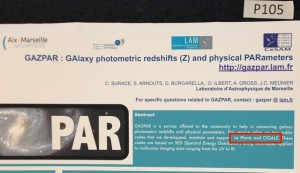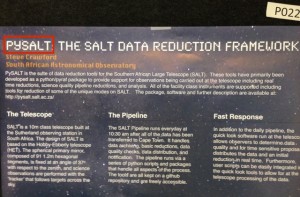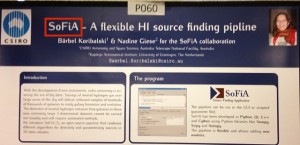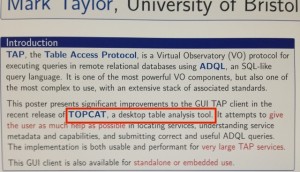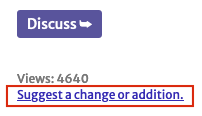 The Astrophysics Source Code Library, started in 1999, moved to a new infrastructure in 2014 with enhancements developed in response to feedback from users and publishers. With one-click author search, flexible browsing options, and a simple form-based submission process, the ASCL offers a better experience for users. Since the introduction of the new platform in mid-2014, users have submitted nearly 100 codes, more than in all previous years combined. Data sharing options, including the ability to pull all of the resource’s public data in JSON and XML, provide new ways to collaborate with the resource. The ASCL now houses information on more than 1000 codes and its entries are increasingly used for citation, with over 15% of its entries cited, up from 7.5% in January of last year. Exciting opportunities to collaborate have been presented to the ASCL, including participation in the 2nd Workshop on Sustainable Software for Science: Practice and Experiences and a request from the AAS to form a special interest group on software publishing. This presentation will demonstrate the new capabilities of the ASCL and discuss its growth and recent outreach and collaborations.
The Astrophysics Source Code Library, started in 1999, moved to a new infrastructure in 2014 with enhancements developed in response to feedback from users and publishers. With one-click author search, flexible browsing options, and a simple form-based submission process, the ASCL offers a better experience for users. Since the introduction of the new platform in mid-2014, users have submitted nearly 100 codes, more than in all previous years combined. Data sharing options, including the ability to pull all of the resource’s public data in JSON and XML, provide new ways to collaborate with the resource. The ASCL now houses information on more than 1000 codes and its entries are increasingly used for citation, with over 15% of its entries cited, up from 7.5% in January of last year. Exciting opportunities to collaborate have been presented to the ASCL, including participation in the 2nd Workshop on Sustainable Software for Science: Practice and Experiences and a request from the AAS to form a special interest group on software publishing. This presentation will demonstrate the new capabilities of the ASCL and discuss its growth and recent outreach and collaborations.
Alice Allen, Astrophysics Source Code Library; G. Bruce Berriman, Infrared Processing and Analysis Center, California Institute of Technology; Kimberly DuPrie, Space Telescope Science Institute/Astrophysics Source Code Library; Jessica Mink, Harvard-Smithsonian Center for Astrophysics; Robert Nemiroff, Michigan Technological University; Judy Schmidt, Astrophysics Source Code Library; Lior Shamir, Lawrence Technological University; Keith Shortridge, Australian Astronomical Observatory; Mark Taylor, University of Bristol; Peter Teuben, Astronomy Department, University of Maryland; John Wallin, Middle Tennessee State University
Download poster (PDF)
